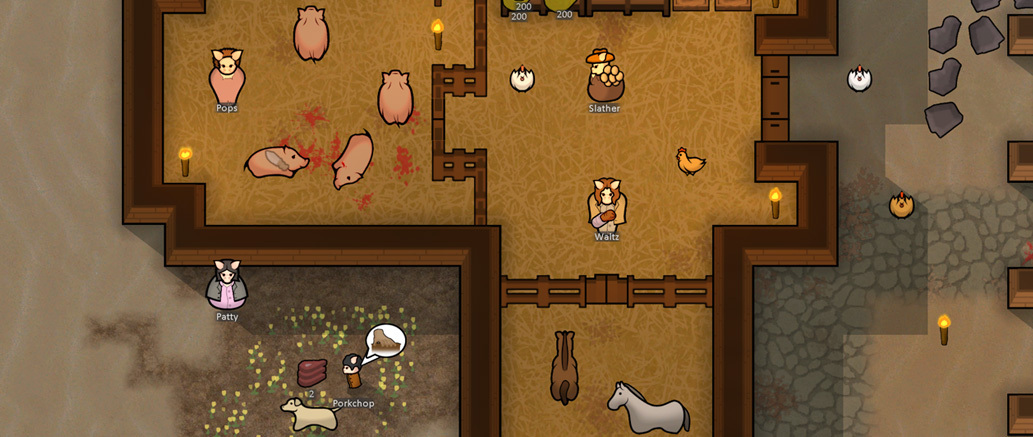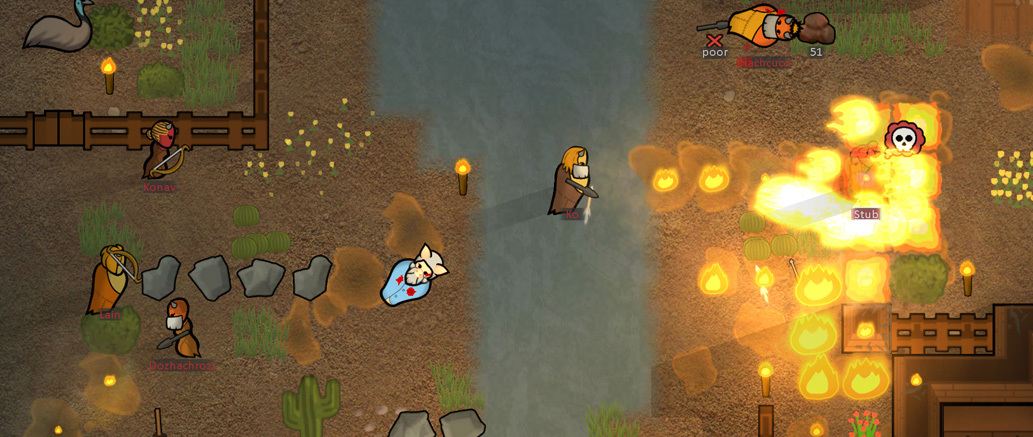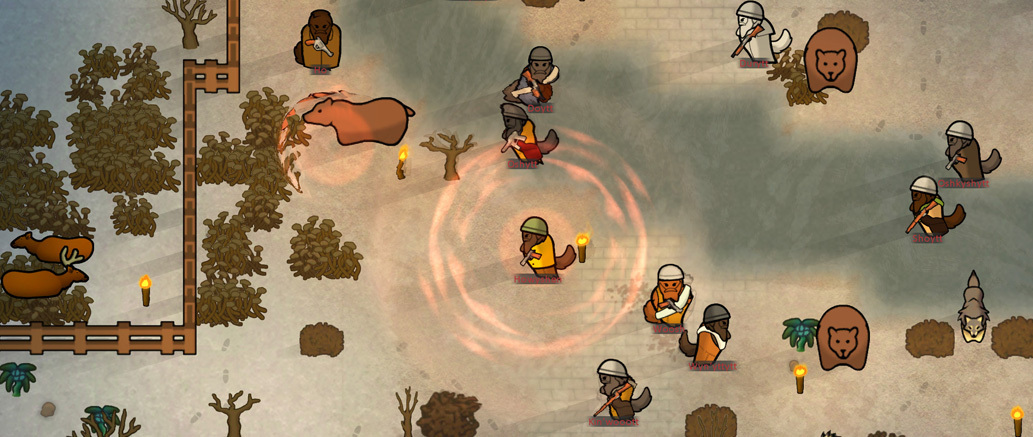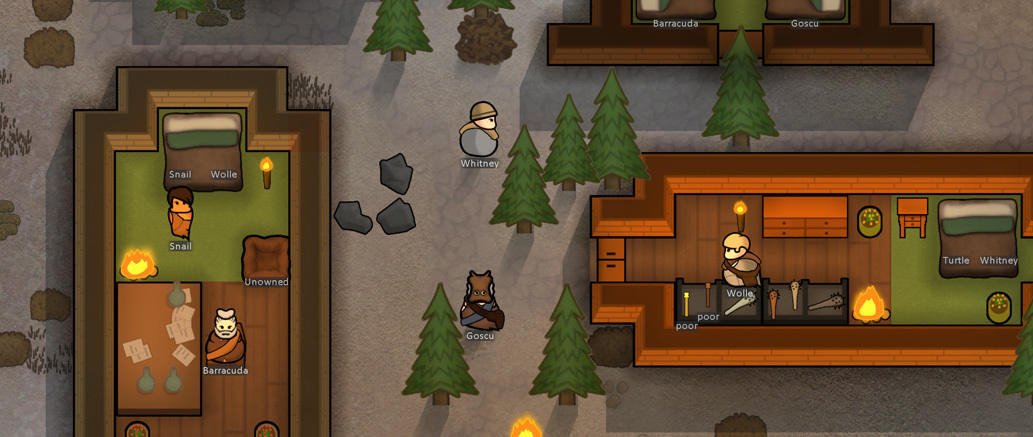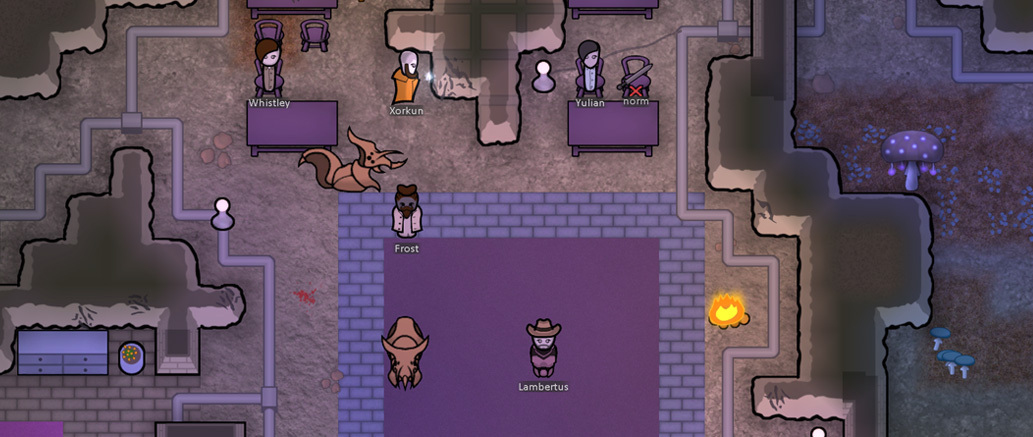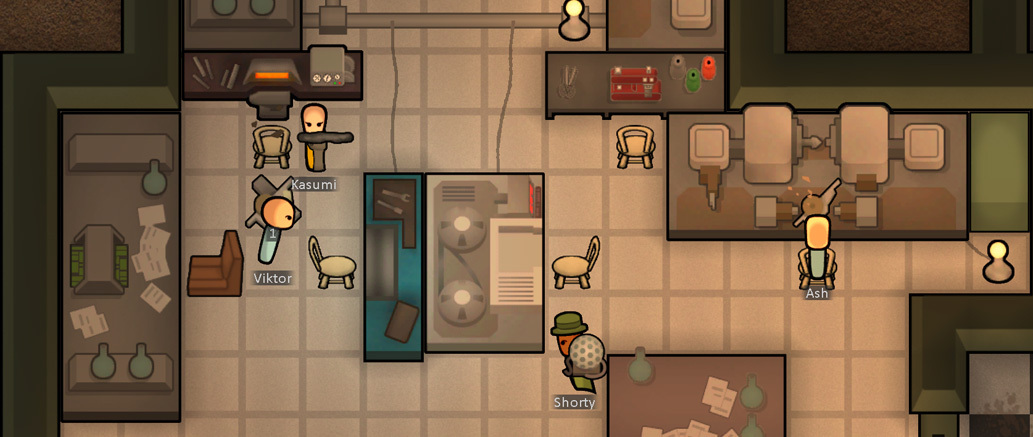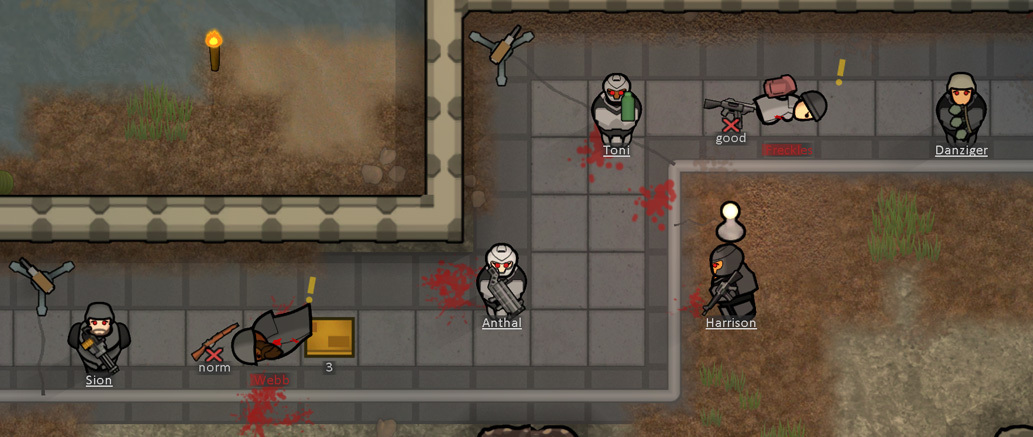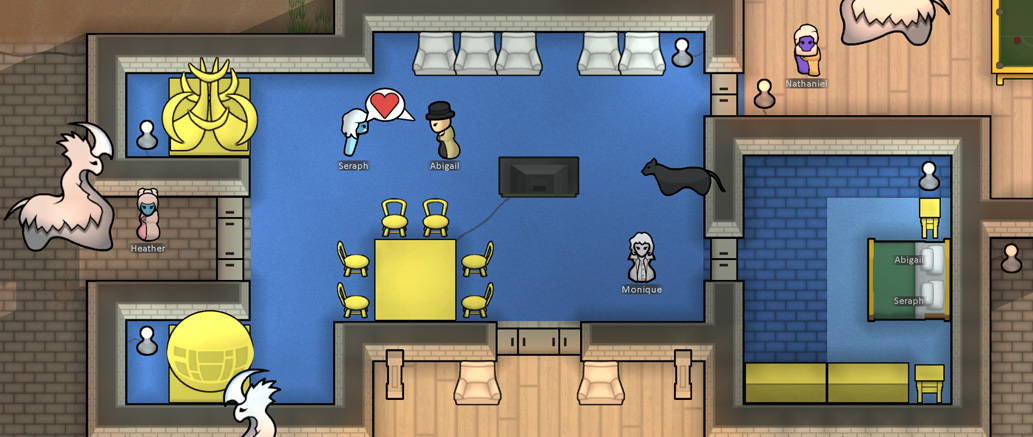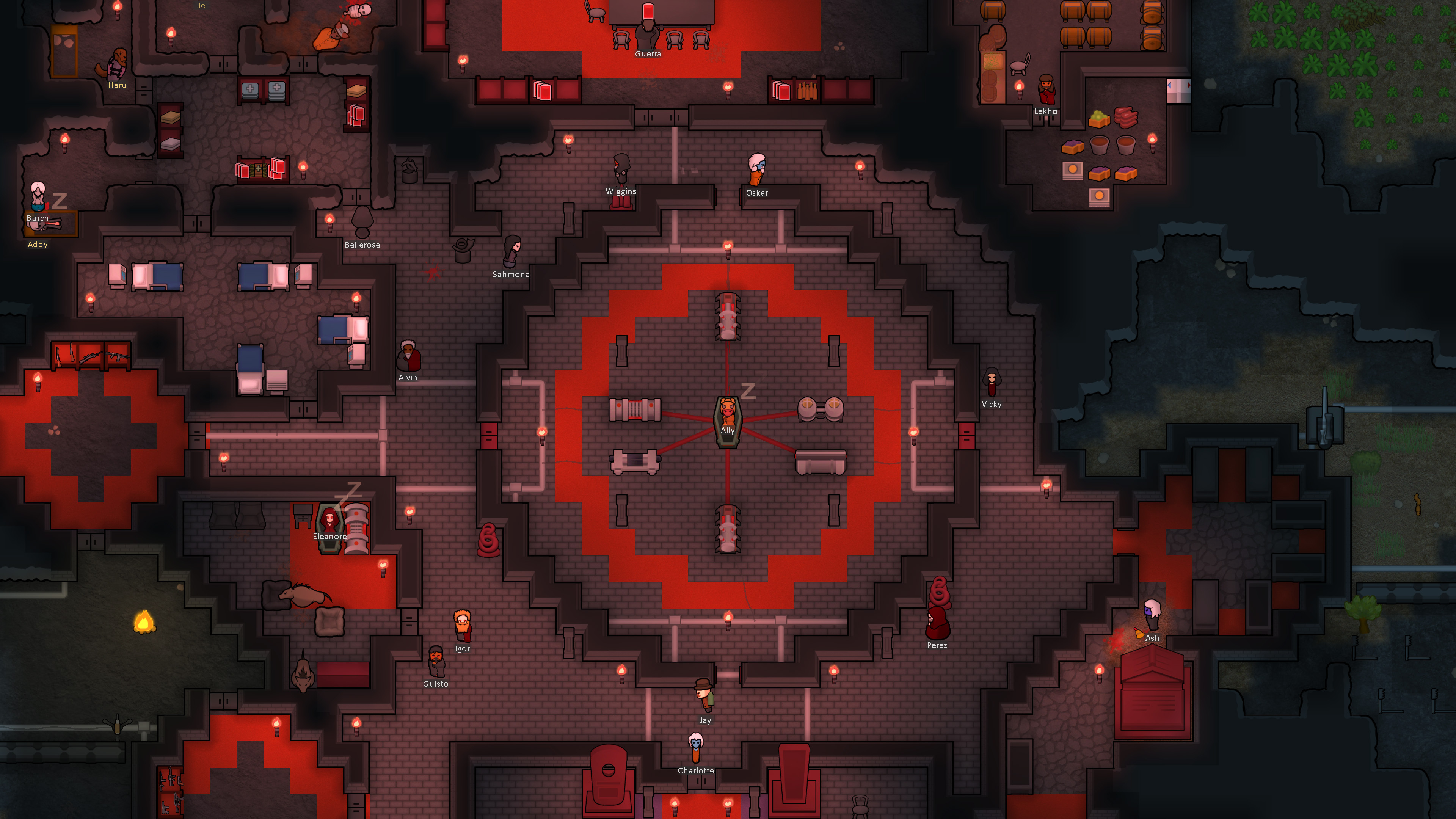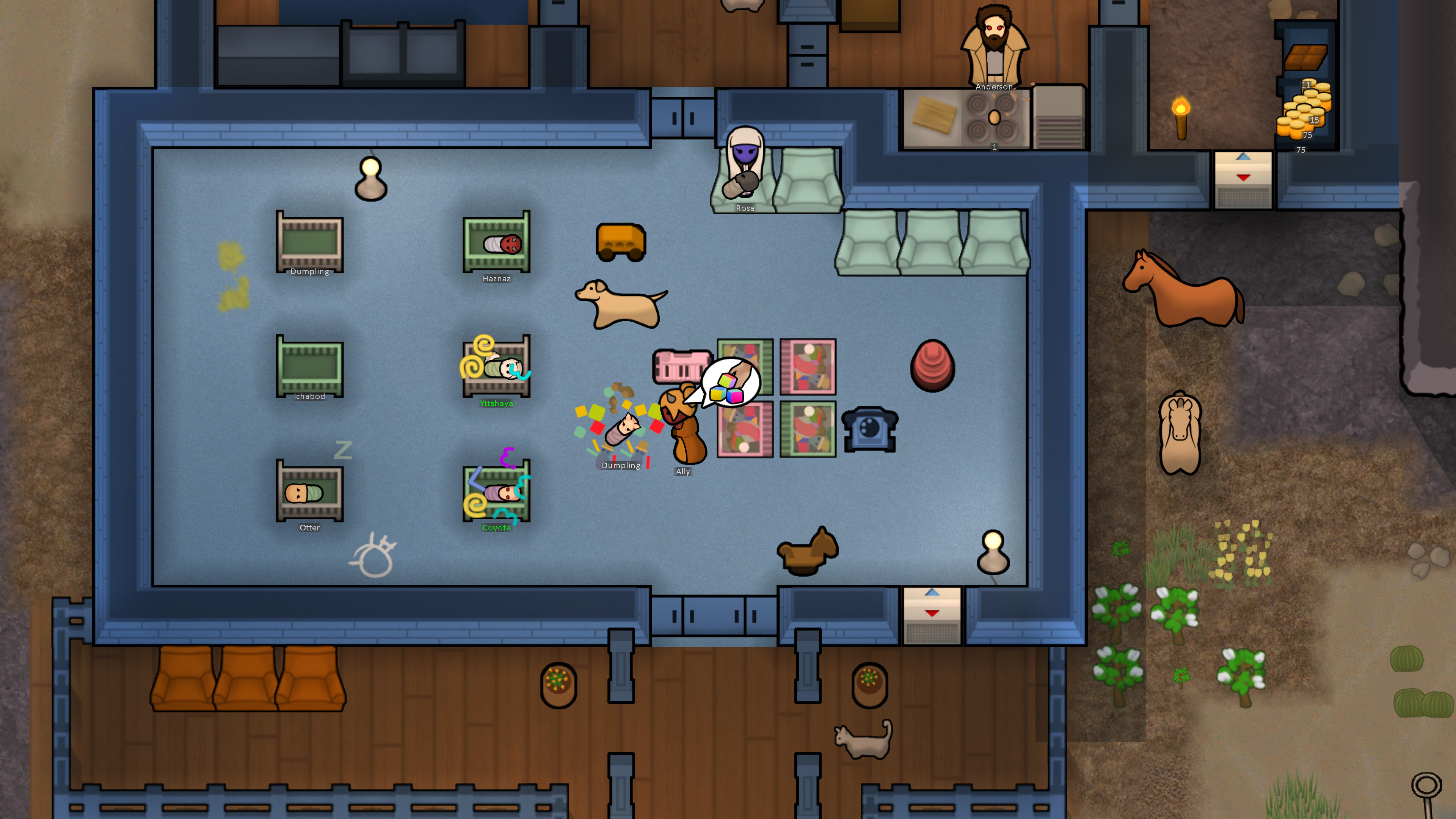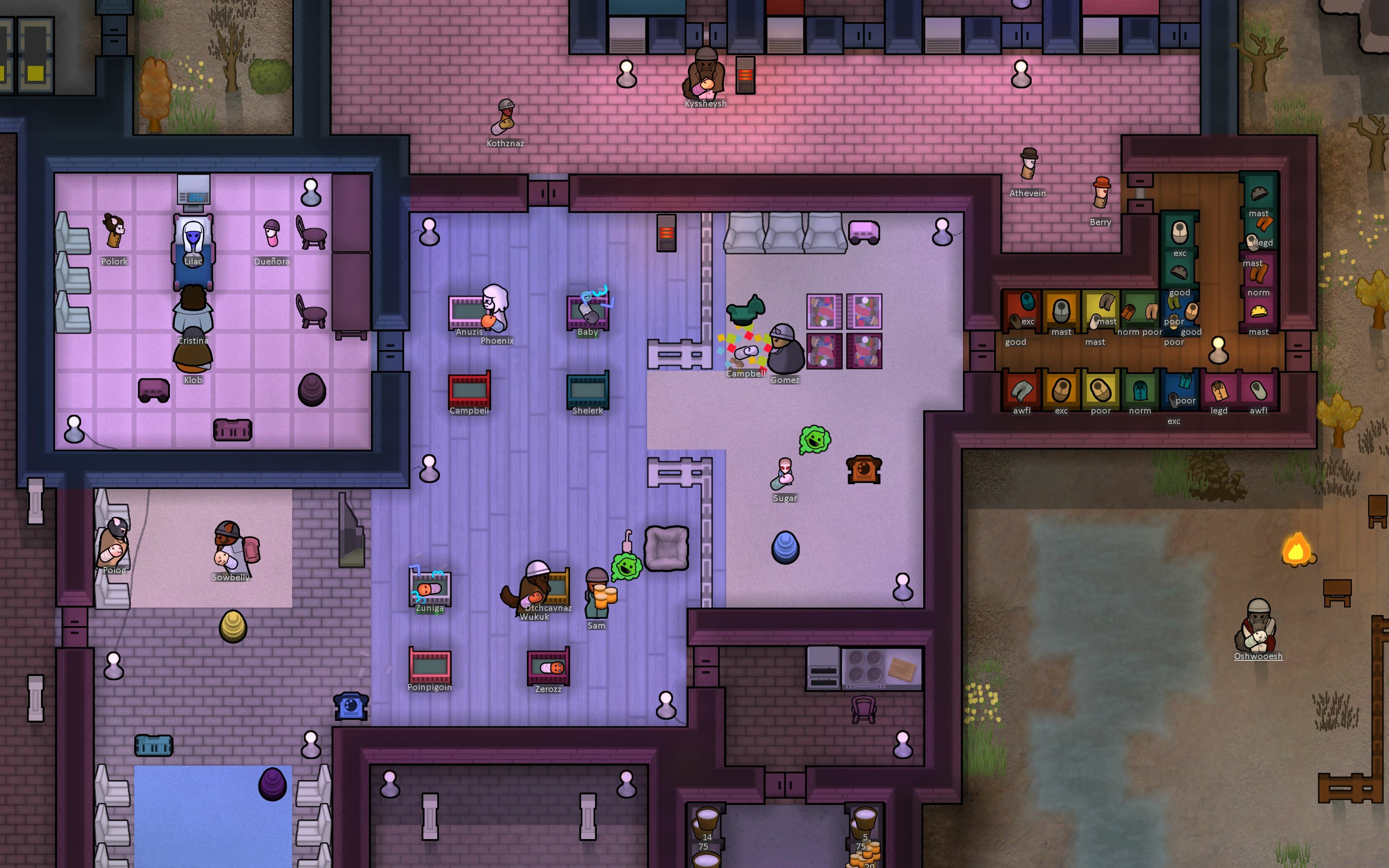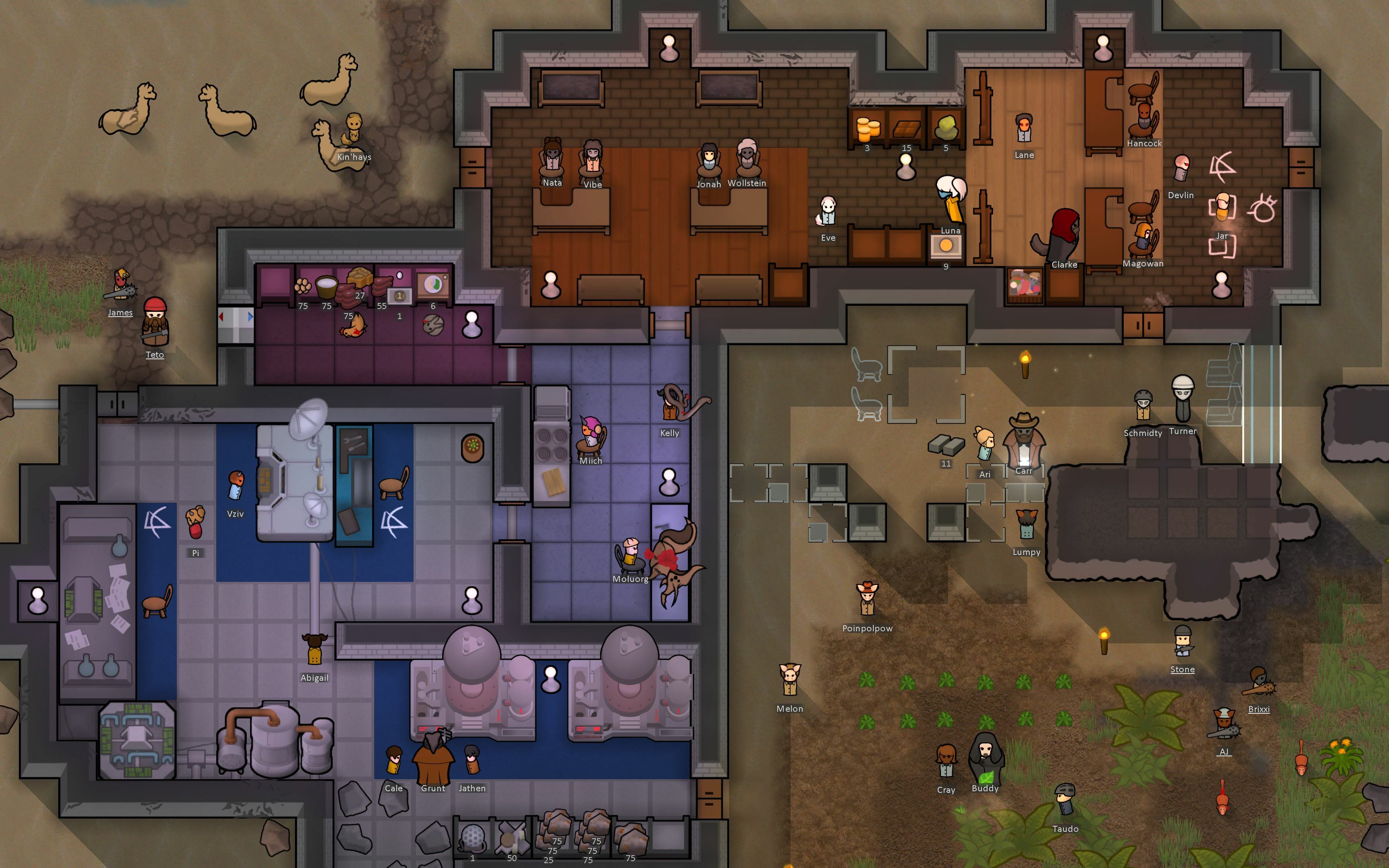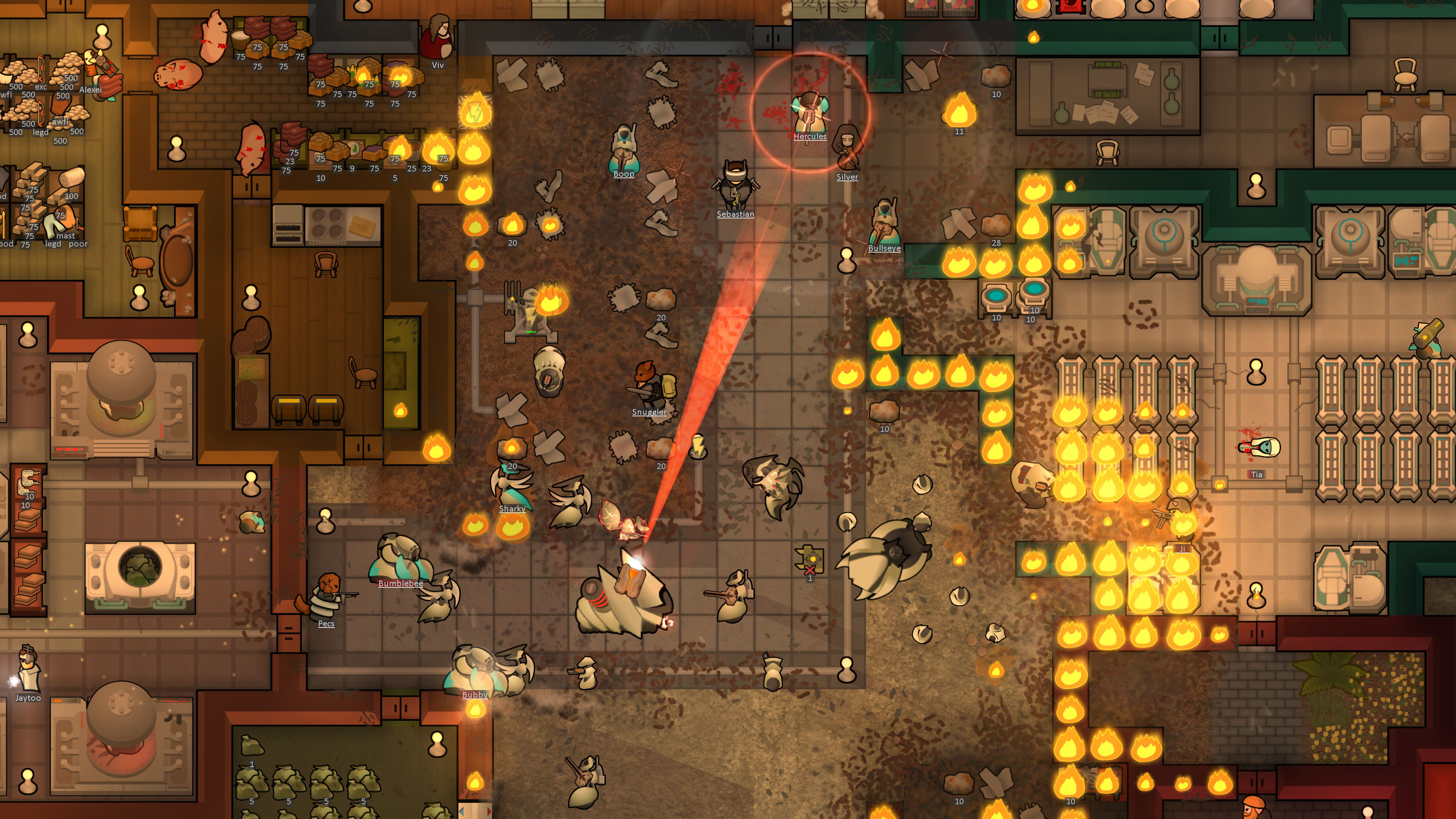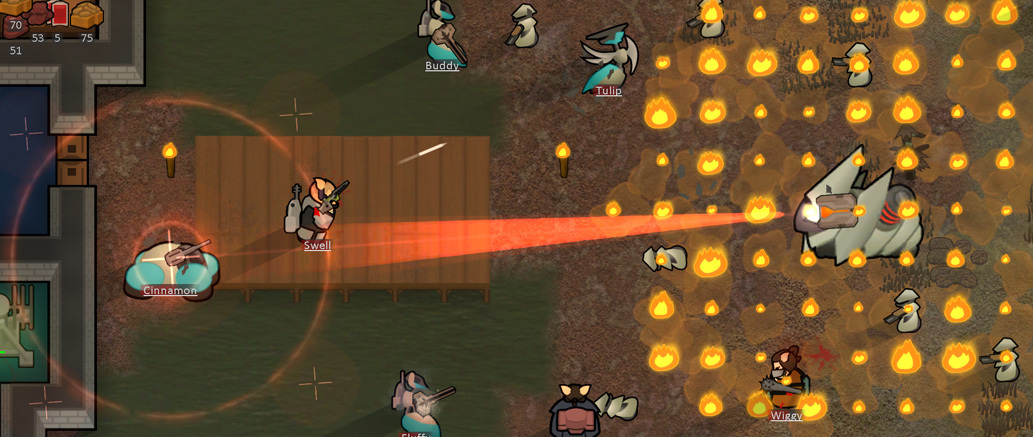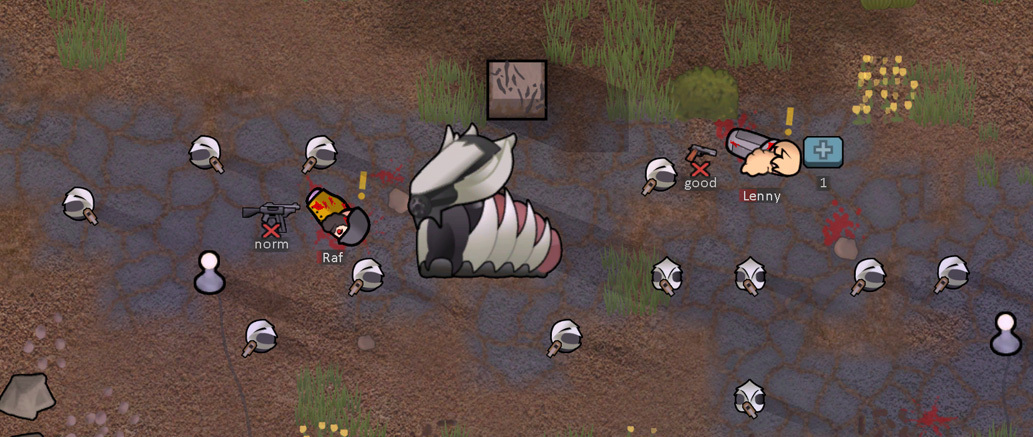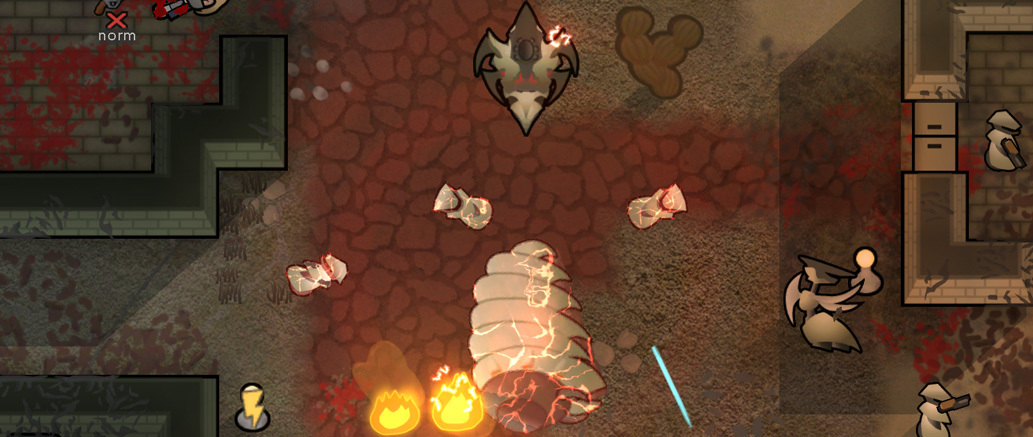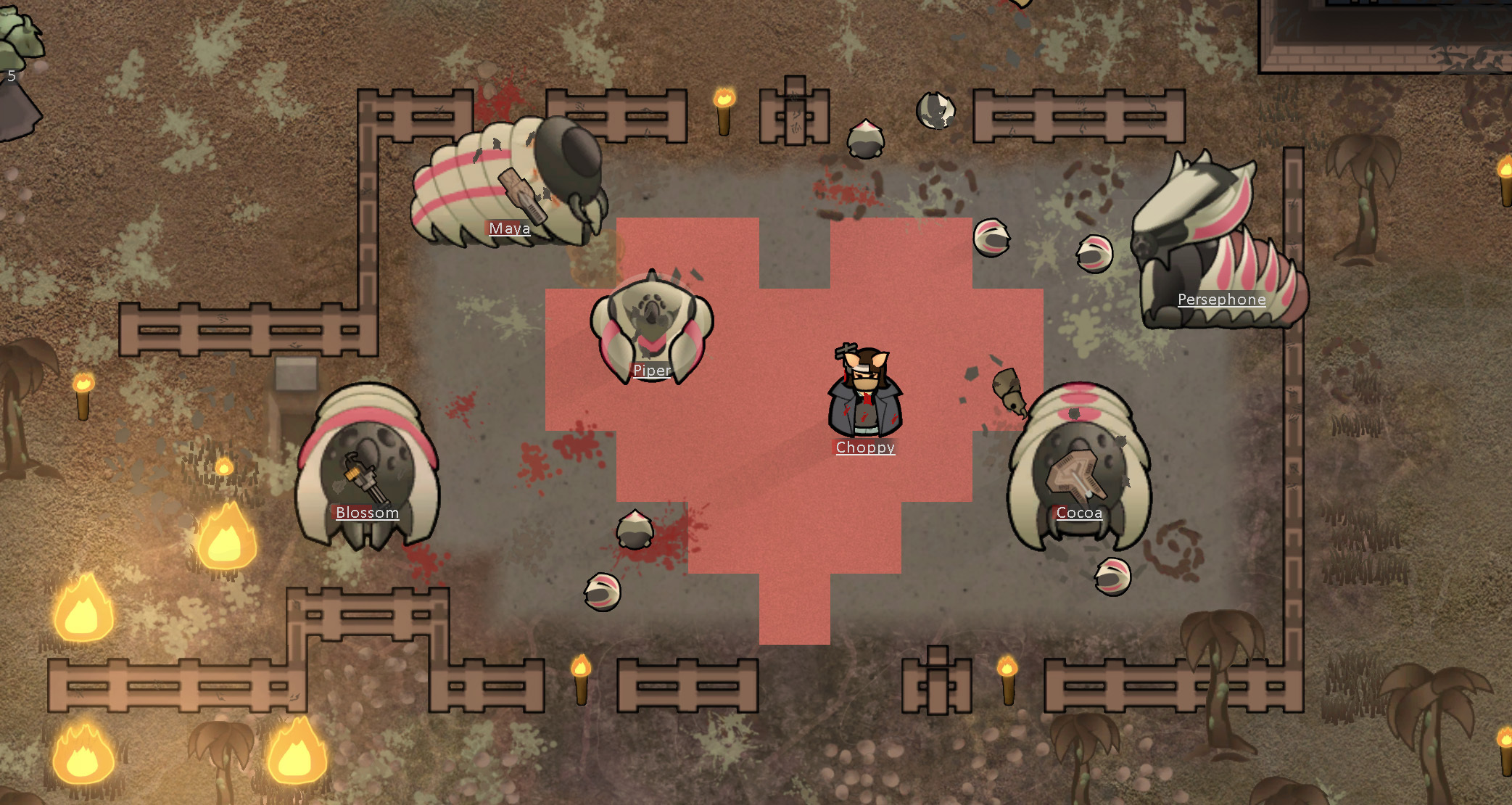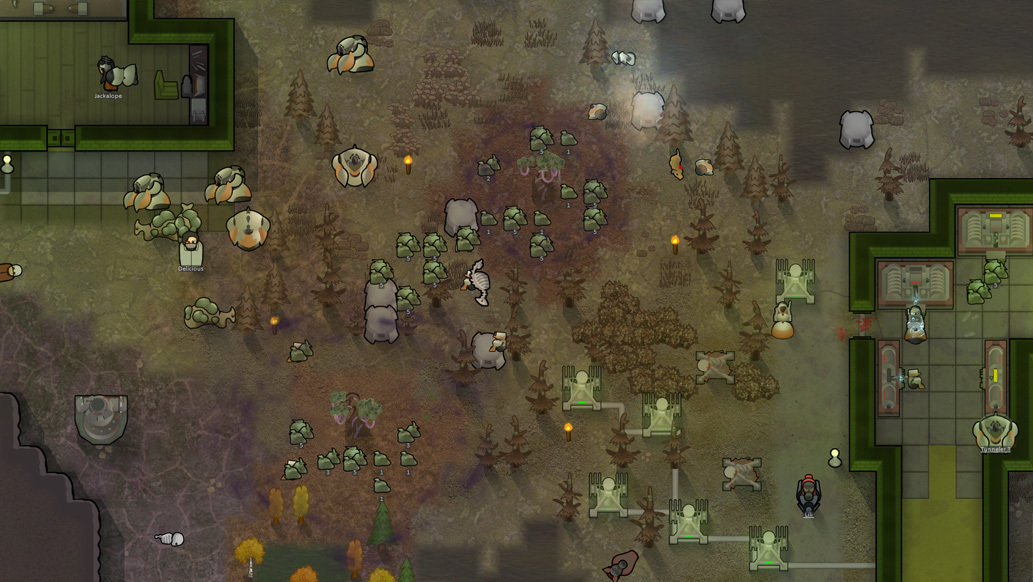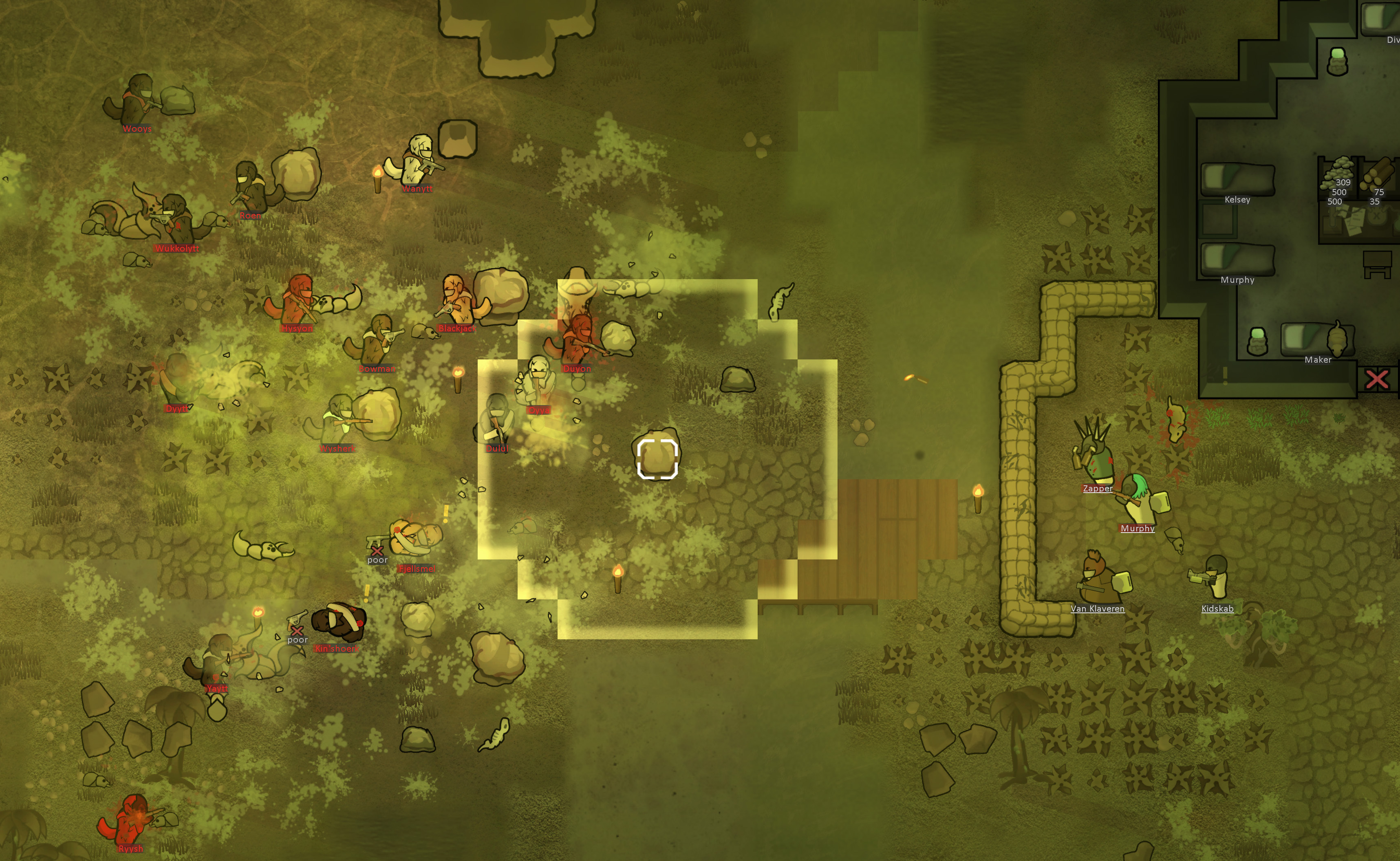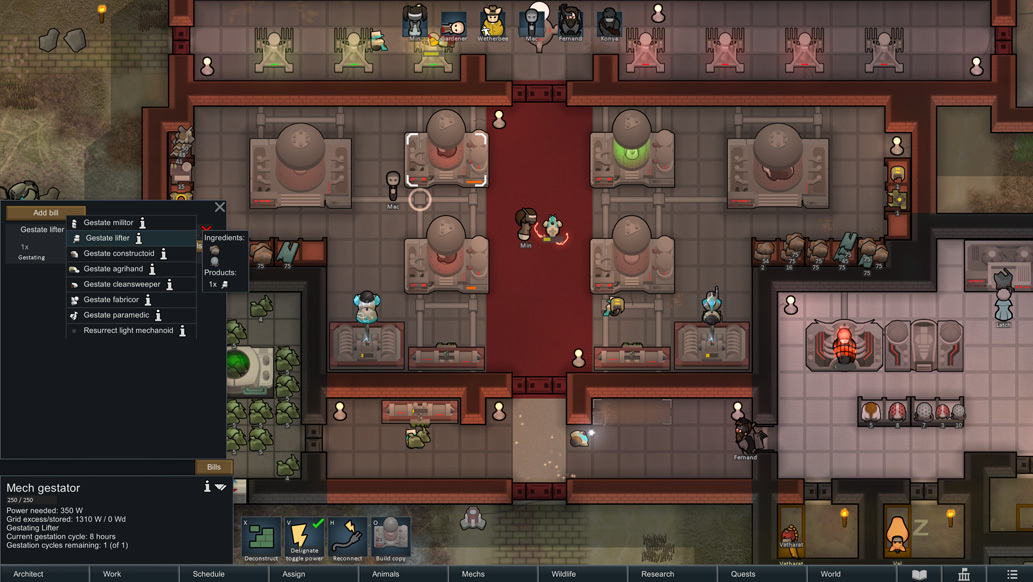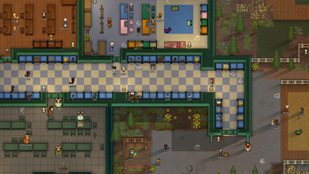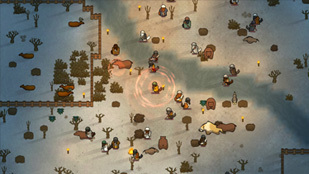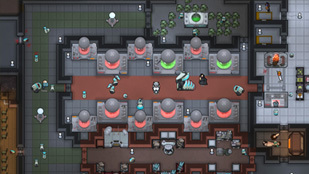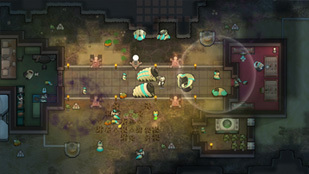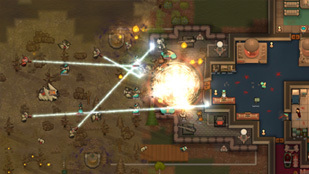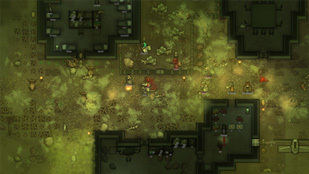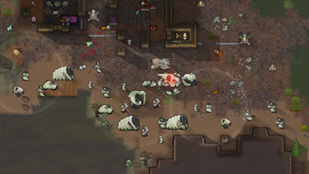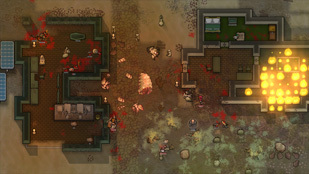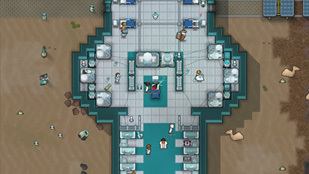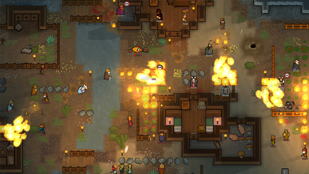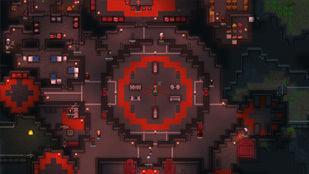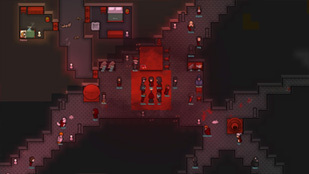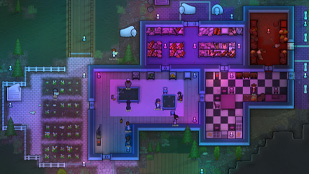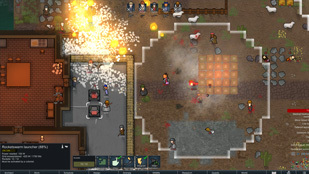
Nov 11, 2022
RimWorld - Mal
Hello, I’m back with the details of our last couple of patches for 1.4 and Biotech. Also, our 1.4 midterm patch is just around the corner!
You can view our previous patch note updates here:
See you soon!
- Tia
- Disallow baby food and hemogen packs for chemfuel creation recipes.
- Extracting hemogen no longer requires medicine and does not anesthetize the target.
- Adjusted power info text for deathrest buildings.
- Don't allow pawns in the gene extractor if they don’t have any engineered genes.
- Fix: Paramedic mechs can't carry pawns while jumping.
- Fix: Softcore scanner tooltip formating.
- Fix: Sites where the only player pawns are mechs inside drop pods will auto-remove.
- Fix: When the mechanoid faction is disabled, mech bosses will not attack pawns.
- Fix: Victims of bloodfeeder bites can gain hemogen from the interaction.
- Fix: Mech debris can spawn on the anima tree.
- Fix: Emancipated slaves that are drafted stay drafted.
- Fix: "No doctor" warning not appearing properly.
- Fix: Empty genepacks can be extracted.
- Fix: Fertilize command label is broken.
- Fix: Consume hemogen packs toggle tooltip displays hemogen in % form.
- Fix: Overactive temperature warning for baby moving.
- Fix: A colony mech that is abandoned at a tile will still consume bandwidth.
- Fix: Quest lodgers can do the "give up and exit" mental break.
- Fix: Missing ideology check when drawing dietary type stat.
- Fix: Certainty bar doesn't display for games where Ideology has been enabled after the game was started.
- Fix: Coagulate can still be queued if hemogen is below casting cost.
- Fix: Can destroy wastepacks on temp tiles to avoid relationship penalty loss.
- Fix: Destroyed pawns can cause issues with deathrest building inspect strings.
- Fix: Mechs summoned from mech drop beacons don't spawn in mech pods.
- Fix: Dialog_MessageBox doesn't call Event.current.Use() in OnCancelKeyPressed() and OnAcceptKeyPressed().
- Fix: Unable to properly translate boss group apparel wave descriptions.
You can view our previous patch note updates here:
- Update 1.4.3525 hotfixes some issues
- Multiple updates for 1.4 and Biotech
- We're working on a 1.4 content update!
See you soon!
- Tia
1.4.3541, released Nov 7, 2022
- Don't add genepacks to gene assembler dialog that are empty.- Disallow baby food and hemogen packs for chemfuel creation recipes.
- Extracting hemogen no longer requires medicine and does not anesthetize the target.
- Adjusted power info text for deathrest buildings.
- Don't allow pawns in the gene extractor if they don’t have any engineered genes.
- Fix: Paramedic mechs can't carry pawns while jumping.
- Fix: Softcore scanner tooltip formating.
- Fix: Sites where the only player pawns are mechs inside drop pods will auto-remove.
- Fix: When the mechanoid faction is disabled, mech bosses will not attack pawns.
- Fix: Victims of bloodfeeder bites can gain hemogen from the interaction.
- Fix: Mech debris can spawn on the anima tree.
- Fix: Emancipated slaves that are drafted stay drafted.
- Fix: "No doctor" warning not appearing properly.
- Fix: Empty genepacks can be extracted.
- Fix: Fertilize command label is broken.
- Fix: Consume hemogen packs toggle tooltip displays hemogen in % form.
- Fix: Overactive temperature warning for baby moving.
- Fix: A colony mech that is abandoned at a tile will still consume bandwidth.
1.4.3542, released Nov 8, 2022
- Updated name-in-game content.- Fix: Quest lodgers can do the "give up and exit" mental break.
- Fix: Missing ideology check when drawing dietary type stat.
- Fix: Certainty bar doesn't display for games where Ideology has been enabled after the game was started.
- Fix: Coagulate can still be queued if hemogen is below casting cost.
- Fix: Can destroy wastepacks on temp tiles to avoid relationship penalty loss.
- Fix: Destroyed pawns can cause issues with deathrest building inspect strings.
- Fix: Mechs summoned from mech drop beacons don't spawn in mech pods.
- Fix: Dialog_MessageBox doesn't call Event.current.Use() in OnCancelKeyPressed() and OnAcceptKeyPressed().
- Fix: Unable to properly translate boss group apparel wave descriptions.





